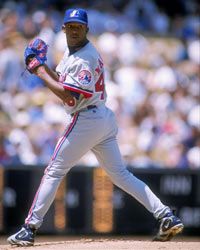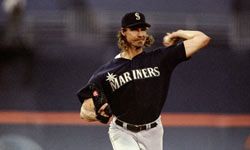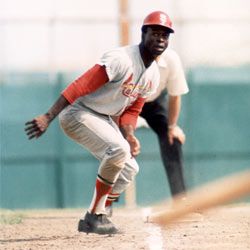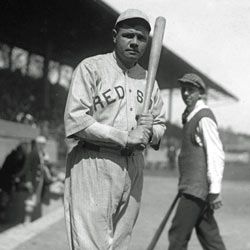Red Sox fans are a curious lot. Most, if not all, hate the Yankees. I suppose I can understand, being a Yankee fan and all. With the exception of the 1903, 1912, 1915, 1916, 1918, 2004 and 2007, Red Sox fans have known only failure. Time and again, the Red Sox have come close to victory, only to have it taken away -- usually by the Yankees -- before their wary eyes. The list is legion.
The most notable came in 1978. At the time, the Red Sox held a commanding lead in the American League Eastern Division. Late in the season, the Yankees surged as the Red Sox collapsed. The rivals were tied at the end of the regular season. They played a one-game playoff to decide the division champion. The winner would advance to the pennant. The Red Sox lost the game 5-4 on the power of a Bucky Dent homerun.
Advertisement
Ah, Bucky Dent. His name is synonymous with Red Sox frustration. Although a capable shortstop, Dent hit only five home runs that entire year and batted a woeful .243 [source: Baseball Almanac]. It made losing that much harder for the Beantowners.
Folding like a card table in pressure situations is what the Sox did best: Some have even postulated that a demon of baseball had cursed the Sox. They even gave the curse a name -- The Curse of the Bambino. If there are such things as curses, this particular one can be traced to the worst trade in Major League Baseball history, the sale of Babe Ruth to the New York Yankees.
In 1920, Red Sox owner Harry Frazee needed cash to produce a Broadway musical called "No, No, Nanette." Frazee, a New Yorker, had made his fortune as a producer on the Great White Way. He also owned the Boston Red Sox, having bought the team in 1916 and won the World Series in 1918. Two years later, Frazee was strapped for cash. His theater business was suffering. Frazee needed a hit, and not at Fenway Park.
On Jan. 5, 1920, Frazee sold baseball's greatest player, Babe Ruth, to the Yankees for $125,000, plus a $300,000 loan. The money helped Frazee stage "No, No, Nanette" [source: Baseball Reference]. While the musical was a mild success, Ruth got the rave reviews and had a storied career with the Yankees. As for the Sox, curses have long memories. They wouldn't win a World Series again until 2004.
Trading Babe to the Yankees (more on that later), was not the only bad trade in Major League history, although it is the most notable. Go to the next page to find the 10 worst baseball trades ever.





